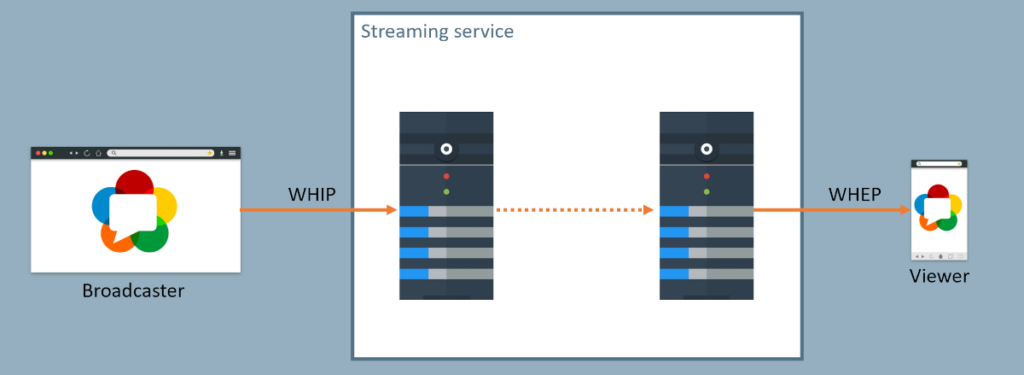WHEP stands for WebRTC-HTTP Egress Protocol.
WHEP enables adding browser based low latency viewing of streaming content.
It is an IETF draft specification (here), which adds a simple signaling layer on top of WebRTC that can be used to connect a WebRTC publisher to a WebRTC media server – usually streaming services and/or CDNs.

The player in this case only receives media and doesn’t send media.
Since WebRTC doesn’t include its own signaling protocol, WHIP has been proposed, for solving a very specific market need – in the streaming industry, there is a clear decoupling between the various network components – publishers, media servers and players. Each application or service provider can mix and match these three entities as he sees fit.
For WebRTC to fit into the streaming industry, such decoupling was needed, and as a result, there was a need for a clear signaling protocol to connect the media server to the player, which is what WHEP does.
See also WHIP


